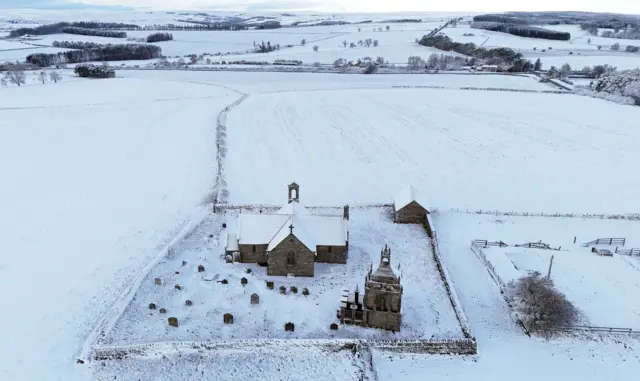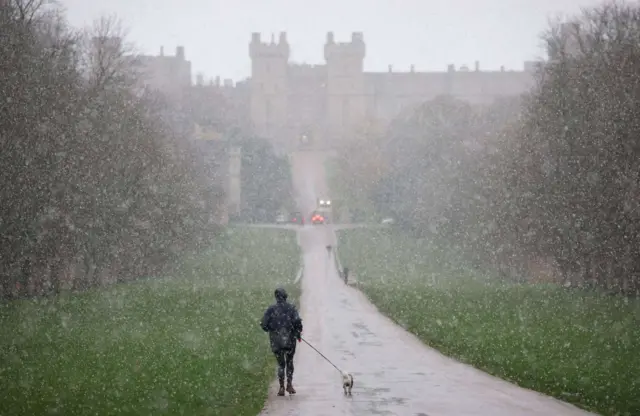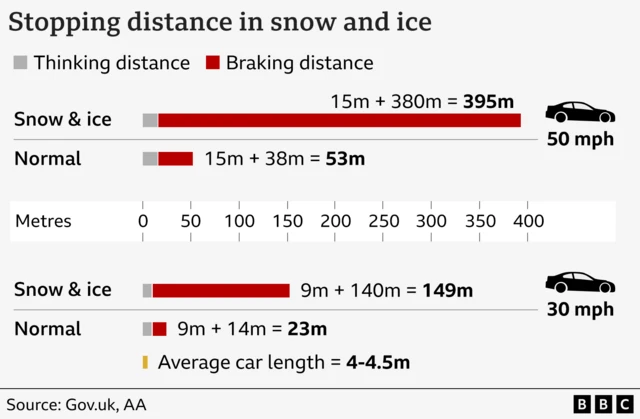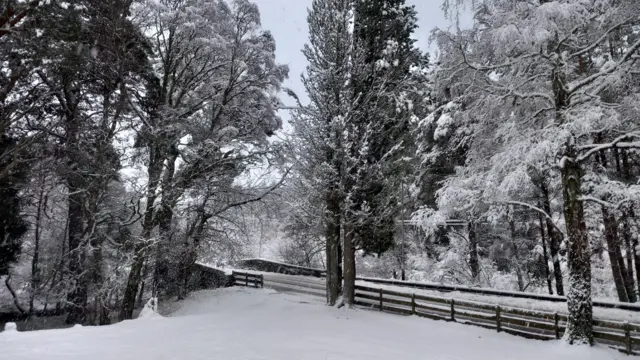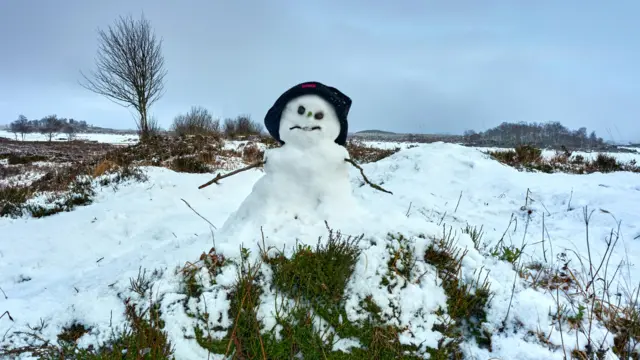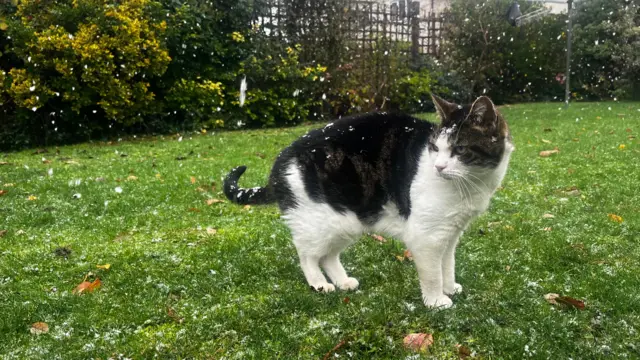How to keep your home warm, while saving moneypublished at 11:37 GMT
In the cold weather, it can be hard to stay warm and keep your energy bill down.
Making your home more energy efficient can be costly and may not be possible if you're renting, but there are some cheap solutions to try to save money.
Plugging gaps in your doors can stop heat from escaping. By simply adding a draught excluder - or even a rolled up towel - you can stop hot air from escaping.
You can make your own draught excluder with an old pair of jeans and a few basic sewing items - with some more detailed instructions here.
It's also worth getting some heavy curtains to help keep the heat in the room, if you don't have double-glazed windows, according to the Energy Saving Trust.



